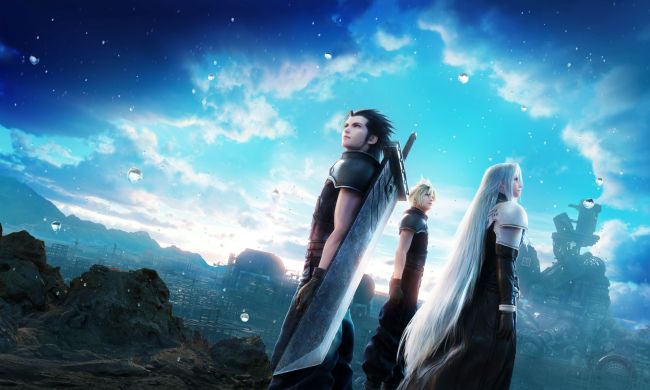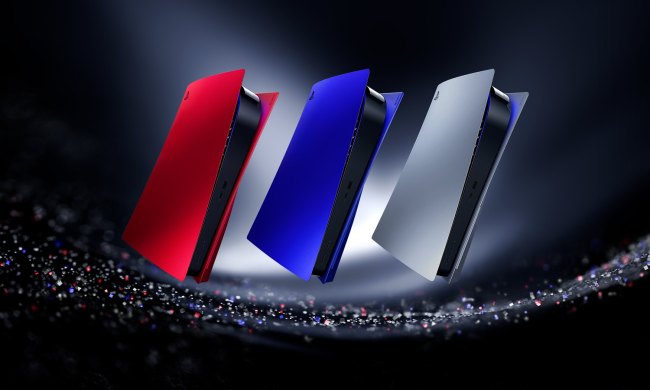As the November 12 launch of the PlayStation 5 nears, Sony has started to drip feed the last remaining morsels regarding its next-generation console. One of its new blog posts featured a complete teardown of the PS5, which revealed some interesting tidbits about the device’s components.
Before removing any components, vice president of mechanical design Yasuhiro Ootori pointed out the ports on the console. On the front are two USB ports, one USB-A and another USB-C, the latter of which is missing on the Xbox Series X and Series S. The USB-C port is capable of up to 10Gbps, as are the two additional USB-A ports on the back of the device, where the Ethernet jack, HDMI port, and power connector are all located.
The stand was shown to screw into the bottom of the system, and can be removed with a flat head screwdriver. The same stand is used for the console when laying it on its side, and there are markings on the paneling to indicate where to clip the circular base for this configuration. A neat addition to the stand is a small slot where the extra screw needed for the vertical orientation can be stored when not in use.
User-removable side panels
The most interesting reveal, confirming rumors that had been floating around gaming forums, is that the white side paneling on the system is user removable. This design allows the owner to access two dust traps that are built into the system, providing them the ability to simply vacuum up any debris drawn in by the system’s fan. This is excellent, considering the dust horror shows some people would find when removing the shell of the PlayStation 4.
The user removable side paneling means Sony could potentially sell additional panels for players to customize their console. This was an option for the original launch PS4, with a portion of the top paneling that covered the removable hard disk drive able to be swapped out for a handful of options that Sony offered, though the majority of the console remained the same color. With both side panels on the PS5 removable, users could create an entirely different console without needing to buy a limited edition unit.
The unit torn down was the PS5 with a disc drive, which was shown to have sheet metal casing and two lays of insulation to dampen any noise from spinning discs.
Storage looks easy to upgrade
Before Ootori dove into the motherboard, he pointed out the user accessible expanded storage slot that accepts M.2 NVMe PCIe 4.0 solid state drives. These are the latest versions of SSDs that allow for the incredible storage speeds next-gen systems are capable of. However, with the Xbox Series X/S, users will need a proprietary expansion card made by Seagate that features this technology, which is currently priced at $220 for 1TB. That is in line with what an off-the-shelf 1TB SSD of the same architecture is currently priced at, but with drive prices dropping relatively quickly as new standards are introduced, expandable storage for the PS5 might be less expensive and more flexible in the long run.

One of the biggest issues with the PS4 Pro is the amount of noise its fans made to compensate for the heat the system was outputting. Part of the reason the PS5 is so big is to help with thermals, but Ootori also pointed out the system’s custom liquid metal thermal conductor, which took years of engineering.
In addition to this propriety thermal conductor is the system’s heat sink, which has been custom designed to achieve performance similar to a vapor chamber.
It seems Sony has put in a great deal of engineering into the PlayStation 5 to make sure overheating and fan noise are problems of the past, and with excellent customization options for the side paneling and expandable storage, the PS5 is an impressive piece of tech.



